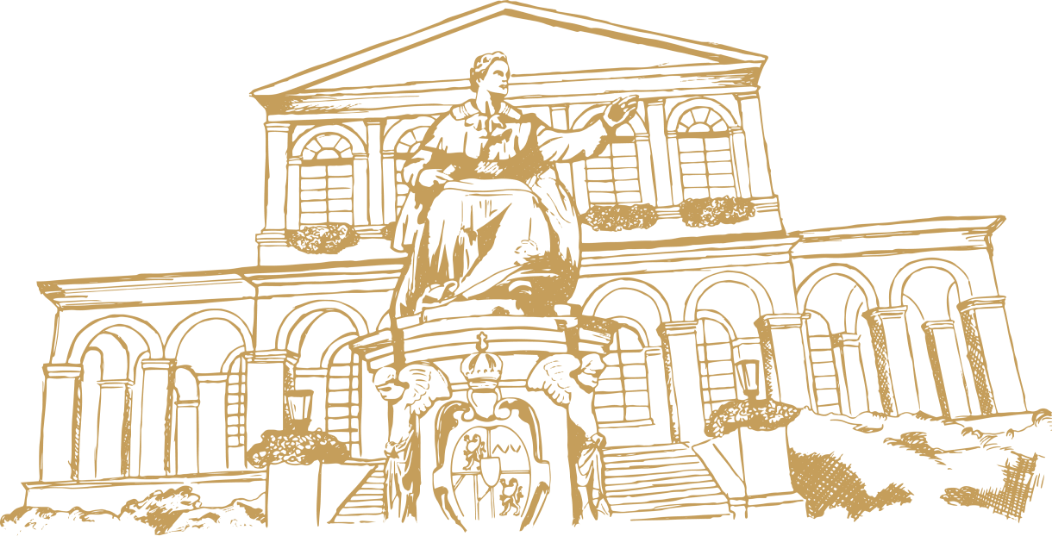The word avenue has its origins in French and is derived from the small verb “aller”. This means nothing other than “walking” and that’s exactly what you can do in the Staatsbad. Our avenues and rows of trees always invite you to stroll and linger – no matter what time of year.
Avenues and rows of trees - valuable shade providers
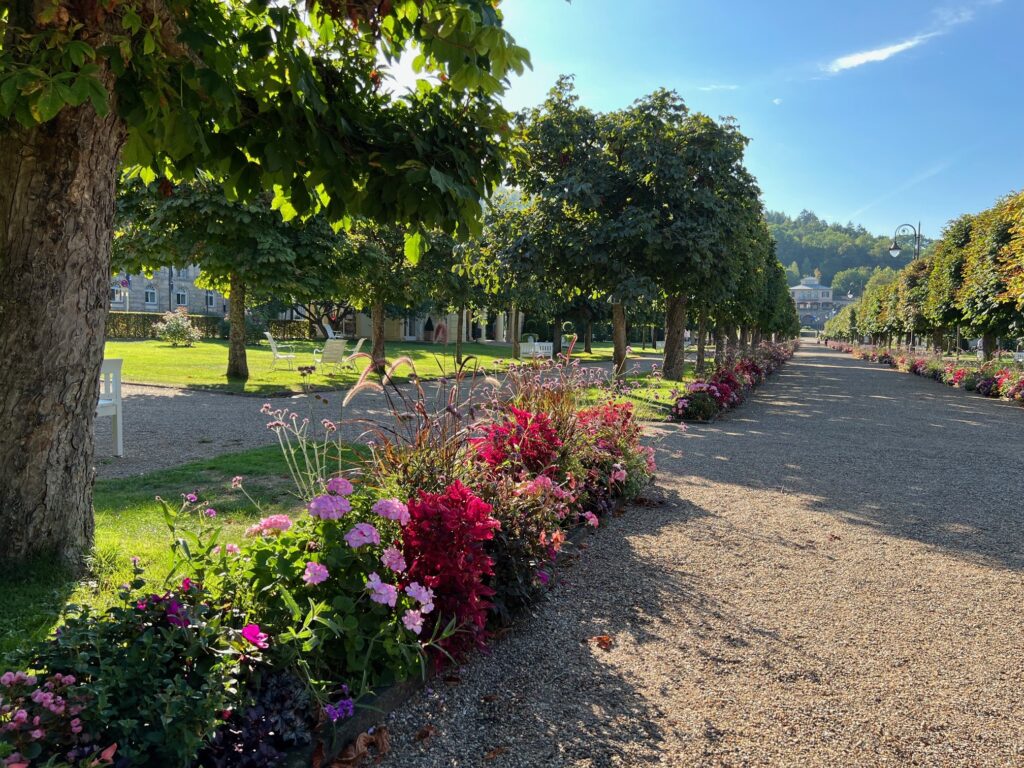
In the middle of the castle park there is a double row of red and white flowering chestnuts. The strictly cut box shape is reminiscent of the time when it was built and underlines the baroque origins of the Staatsbad from 1747. In spring you can marvel at the thick and juicy buds of the double-row chestnut avenue (Aesculus hippocastanum, Aesculus carnea) along the central axis. In summer, however, the large five-fold leaves of the white and red-flowering chestnut species provide pleasant shade.
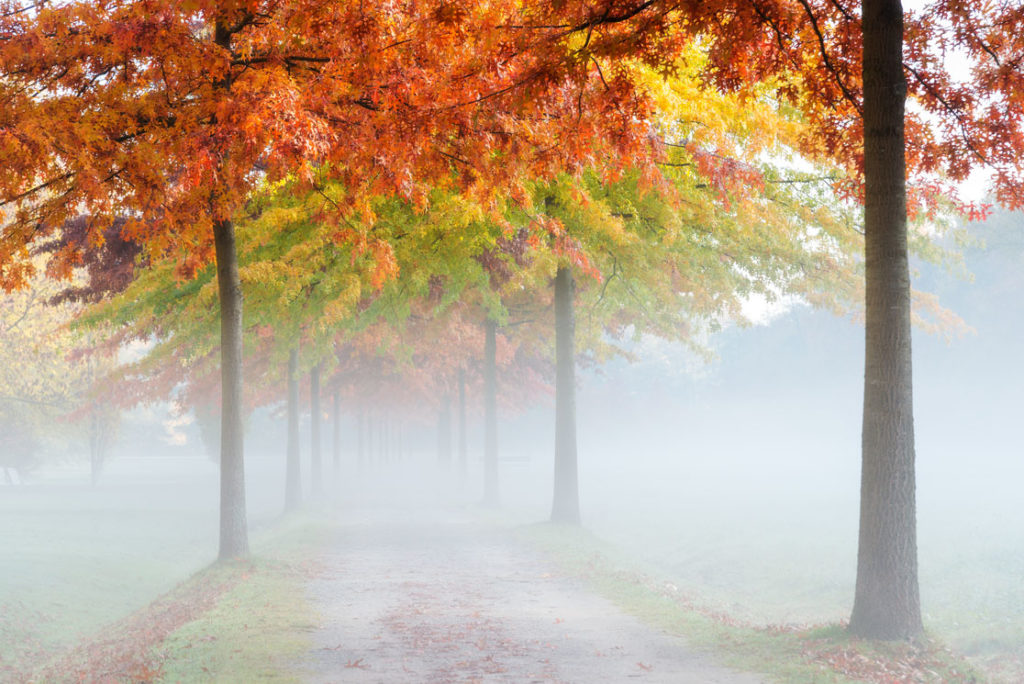
In autumn, it is a different avenue that can really shine. Large swamp oaks line the path, which is located next to the wet meadow from the Wandelhalle towards Bad Brückenau. The North American beauties have the perfect location at this point as they stabilize the footpath with their roots and have no problem with moist soil. In autumn they impress with their impressive autumn color. Here you can discover different color nuances. From bright yellow-orange tones, from scarlet red to a dark crimson red. The play of colors is particularly beautiful when delicate wafts of mist surround the expressive solitary trees and make the autumn colors shine even more brightly.
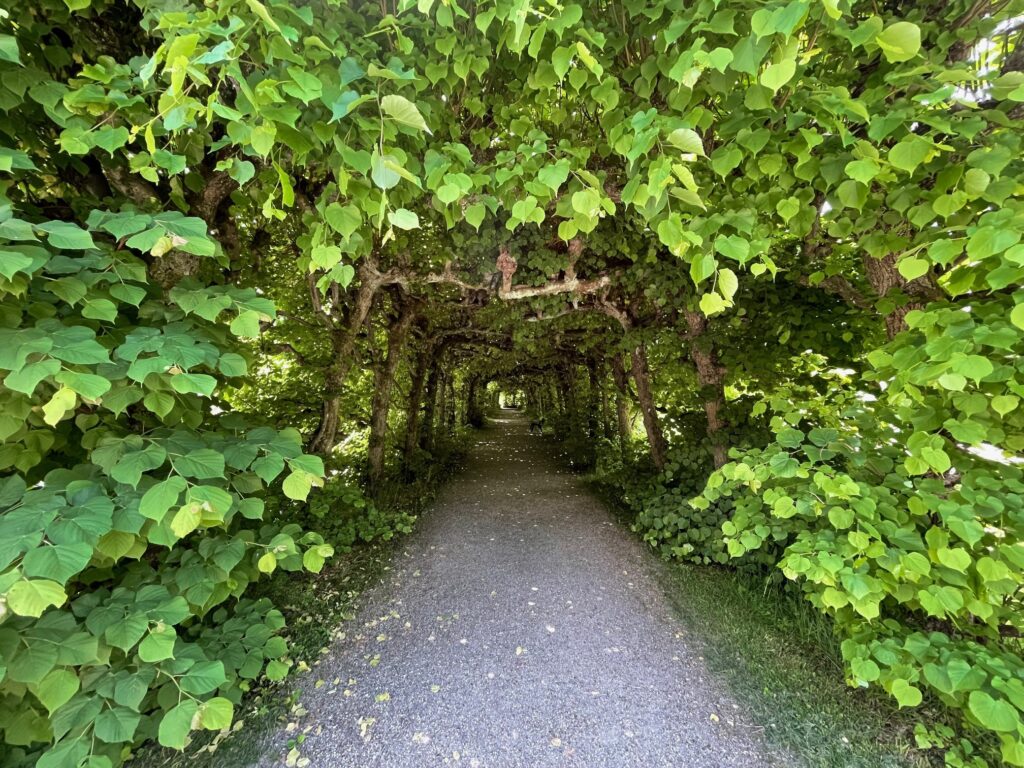
The lime tree aisle at the foot of the Fürstenhof, which is over a hundred years old, invites you to take a stroll at any time of the year. Already in early spring it is accompanied by numerous snowdrops and squills. In summer it provides shade and cools on hot summer days. In autumn, the lime aisle shines with summer and winter linden trees, a bright golden yellow. On sunny winter days, the leafless, gnarled and bizarre-looking branches cast a magical shadow play on the ground.
The arcade is 75 meters long in each of its two sections, 5 meters wide and 4 meters high. The lime tree aisle gets its topiary on frost-free winter days.
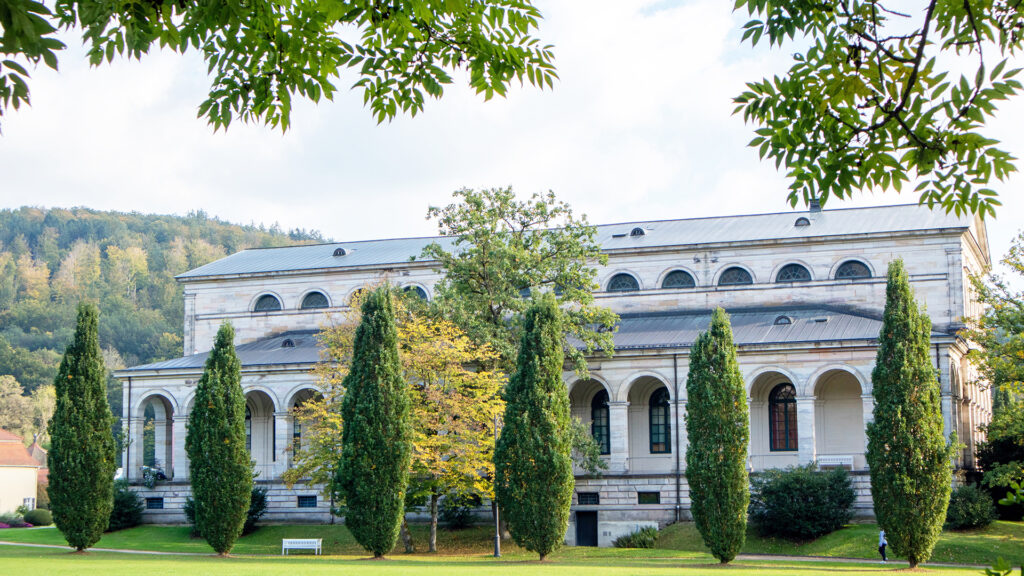
An engraving from 1840 shows how King Ludwig I must have influenced not only architecture but also garden design. His passion for Italy and antiquity greatly influenced his taste. One might think that the columnar trees seen in the engraving from 1840 are a reminder of Italy and Greece.
At that time they were probably columnar poplars, which are among the fastest-growing trees at 50 – 80 cm per year. Unfortunately, the growth that is far too fast and strong also has its disadvantages, because from the age of 40, pyramidal or columnar poplars begin to experience branch breakage and trunk rot. When the Kursaal was cleared, a search was made for more suitable and elevated alternative trees. It’s actually almost obvious that they chose oak trees here, because this tree was also one of Ludwig’s “favorite trees”. Columnar-like, rising into the sky, like cypresses. To match the architecture, columnar oaks were planted in the castle park. The symmetrically planted columnar oaks form a sublime and appropriate frame, especially for the classicist Kursaal building with its temple-like structure and high arcades. In addition, the slow, columnar-growing English oak retains its foliage until February. Only when new growth begins does it lose its old leaves. In autumn the leathery leaves turn yellow to yellow-brown. Even King Ludwig I was reminded of ancient times or beautiful Italy when he saw the Kursaal.
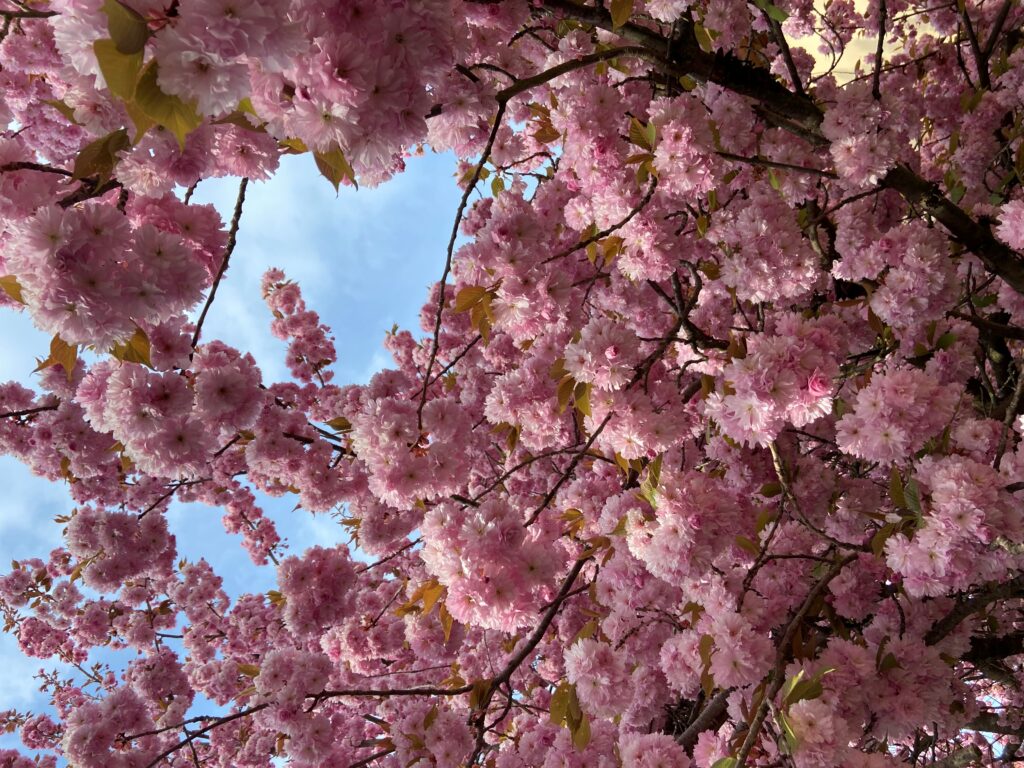
There are ornamental cherries that have grown over decades along Heinrich-von-Bibra-Straße. With their lush and proud blooms, they herald the start of late spring. The abundant, pink-filled flowers on the wide, spreading crowns begin at the end of April and, depending on the weather, last until mid-May. The most beautiful thing is when the cherry blossoms in May herald the peak of spring with the tulips in the central axis. In October the cherries shine again when their foliage turns yellow-orange and the low sun shines through the crowns.
Do you have any questions, are you planning a visit or are you interested in one of our offers?
Don´t hesitate to contact us.



